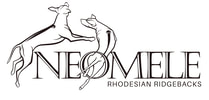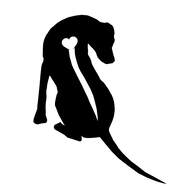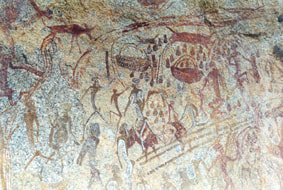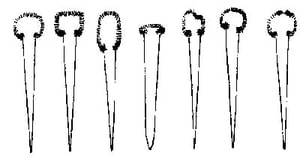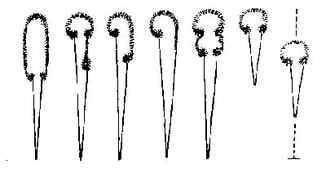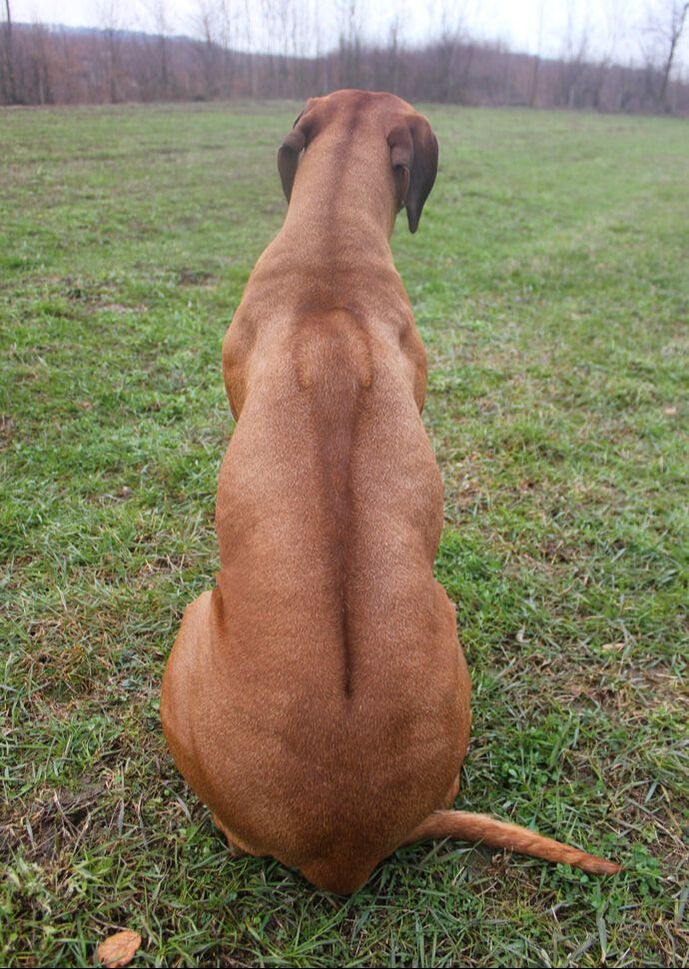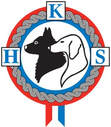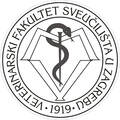|
The ridge is most well-known feature of our loving breed. That line of hair, running in reverse, really makes this breed stand out in a crowd. It is a unique trait and it makes our dog so special. Why do Rhodesian Ridgebacks have ridges? Historic data on the Rhodesian Ridgeback shows that centuries and centuries before the Rhodesian Ridgeback was developed a similar breed was found in Africa. One that was depicted in the burial caves as a showing of a chiefs prized possessions. This dog, which was shown alongside sheep and cattle was distinctive in that it had a ridge down its back. By the 16th century, this breed was commonly known as the Hottentot dog and often found living with the Khoikhoi tribe in Rhodesia, now Zimbabwe. It was a half-wild African dog with a ‘ridge’ as its most prominent feature. The history of the breed and how Rhodesians their current look, find out on our website under "History of the breed" For those now wondering where the Hottentot dog got its ridge, unfortunately, we have no idea. It could, however, just be an act of Mother Nature, or perhaps a gift from God. After all, there is a legend, and one that says the ridge is “where God sews them up (Rhodesian Ridgebacks) when he’s done stuffing them.” The breed standard calls for the ridge to be clearly defined, symmetrical, and made of hairs growing in the opposite direction compared to the rest of the coat. It should start behind the shoulders and taper off to a point as it reaches the hip area. The ridge should also have two crowns or whorls which are directly opposite each other. Having only one or more than two is considered a serious breed fault. A whorl, on a Rhodesian Ridgeback, should be a pattern of spirals or concentric circles in the fur. It should be noted at this point that there is no reason why you should not have a Rhodesian Ridgeback with less than two whorls, or more than two whorls as a family pet. Unless you are showing them, the whorls are of little to no importance and do not affect the Rhodesian Ridgeback in anything other than appearance. How The Ridge Is Passed On? In order for Rhodesian Ridgeback puppies to be born with a ridge, they need to have the ‘ridge gene’ passed down from their parents to them. Rhodesian Ridgebacks can possess one or two copies of this gene. Rhodesian Ridgebacks that carry two copies are known as homozygous, whilst those who carry the one are heterozygous. Rhodesian Ridgebacks that carry two copies of the ‘ridge gene’ will always produce puppies with ridges. They, however, will not necessarily always pass both copies of the ‘ridge gene’ to their puppies. Rather, there is a 50% chance that they will pass just one on. The only way to tell whether a Rhodesian Ridgeback has been born with just one or two ‘ridge genes’ is to have a genetic marker test done. Rhodesian Ridgebacks born with just one ‘ridge gene’ can but do not always pass this on.
This is not a problem if they are bred with a Rhodesian Ridgeback with two ‘ridge genes’ as one of those will definitely be passed on. If both parents only have one ‘ridge gene’ there are several different outcomes. These are: 1 Puppies who have two ‘ridge genes’ (one from each parent) and can definitely themselves pass the ridge on. 2 Puppies with a 50% chance of having a ridge, but only receiving one ‘ridge gene.’ 3 Puppies with a 25% chance of having no ridge at all. These puppies have no ‘ridge gene’ and cannot produce puppies themselves with ridges. Please note, Rhodesian Ridgebacks are born with their ridges so do not trust a breeder who say that they will grow later.
0 Comments
Leave a Reply. |
AuthorMaja Kljaić Archives
February 2023
Categories
All
|
|
UZGAJIVAČNICA RODEZIJSKIH RIĐBEKA
RHODESIAN RIDGEBACK KENNEL NEOMELE ul.1.maja 70 Reka, 48 000 Koprivnica CROATIA |
ⓒ 2024 NEOMELE - RHODESIAN RIDGEBACKS
All content and data on this website is protected by copyright.
No part of this website may be used, reproduced or utilized in any form or by any means, electronic or mechanical, without permission in writing from
Neomele kennel/Maja Kljaic & Lela Trescec.
All content and data on this website is protected by copyright.
No part of this website may be used, reproduced or utilized in any form or by any means, electronic or mechanical, without permission in writing from
Neomele kennel/Maja Kljaic & Lela Trescec.
